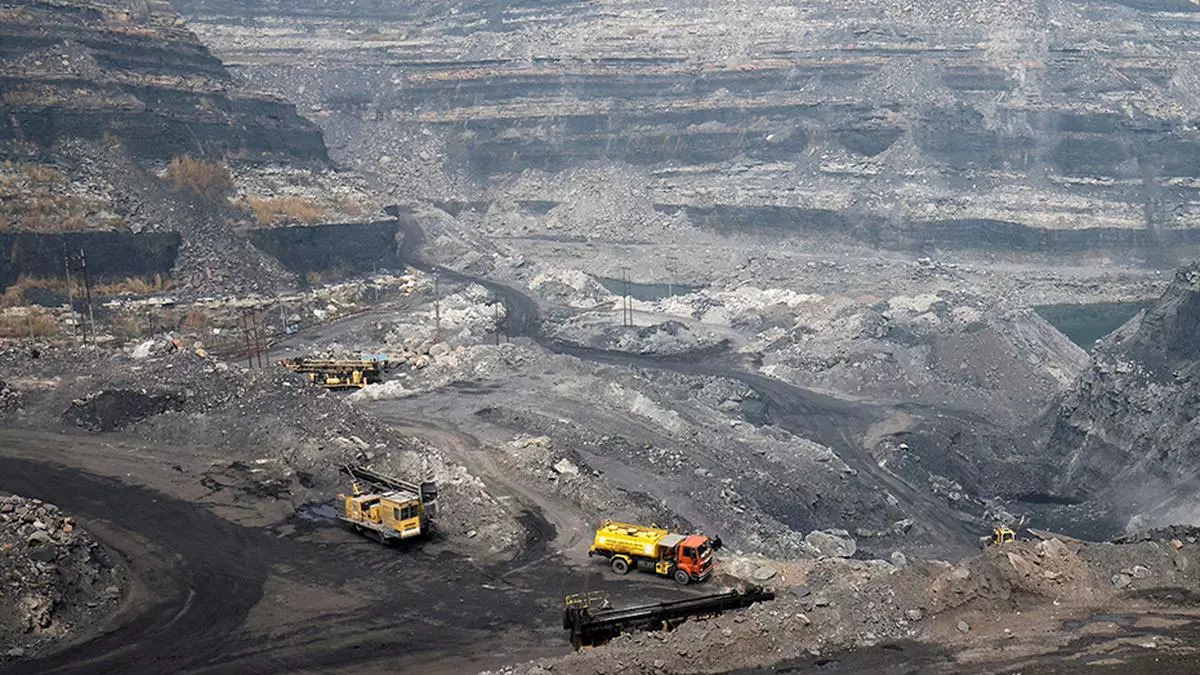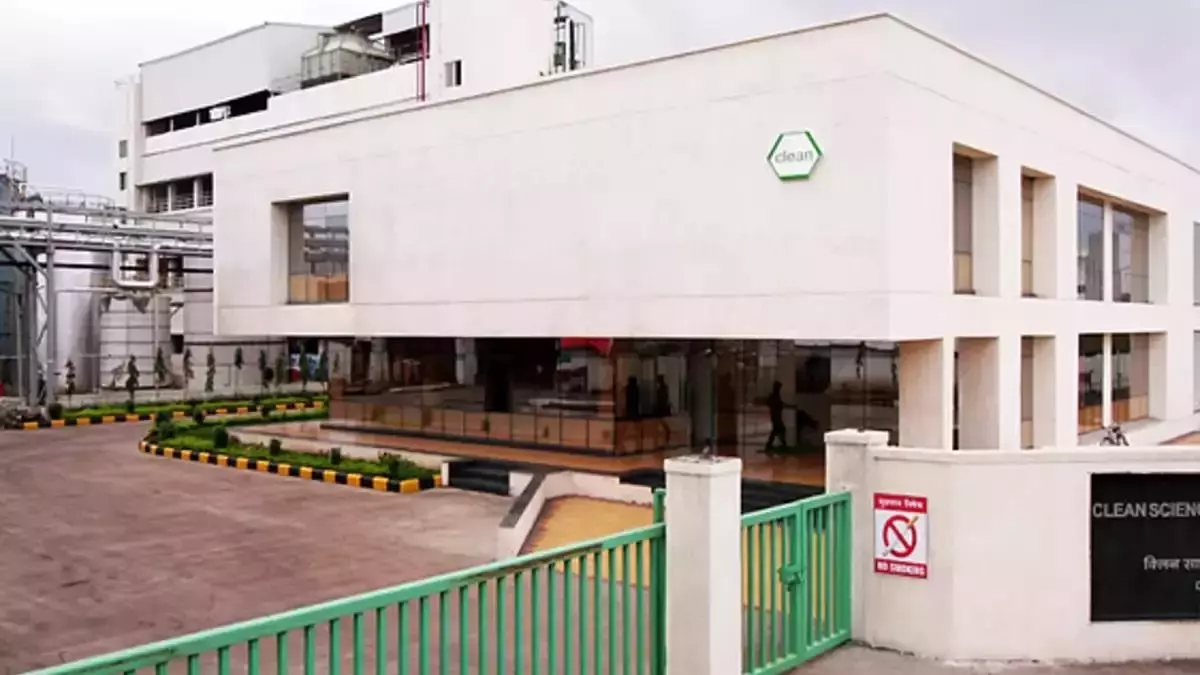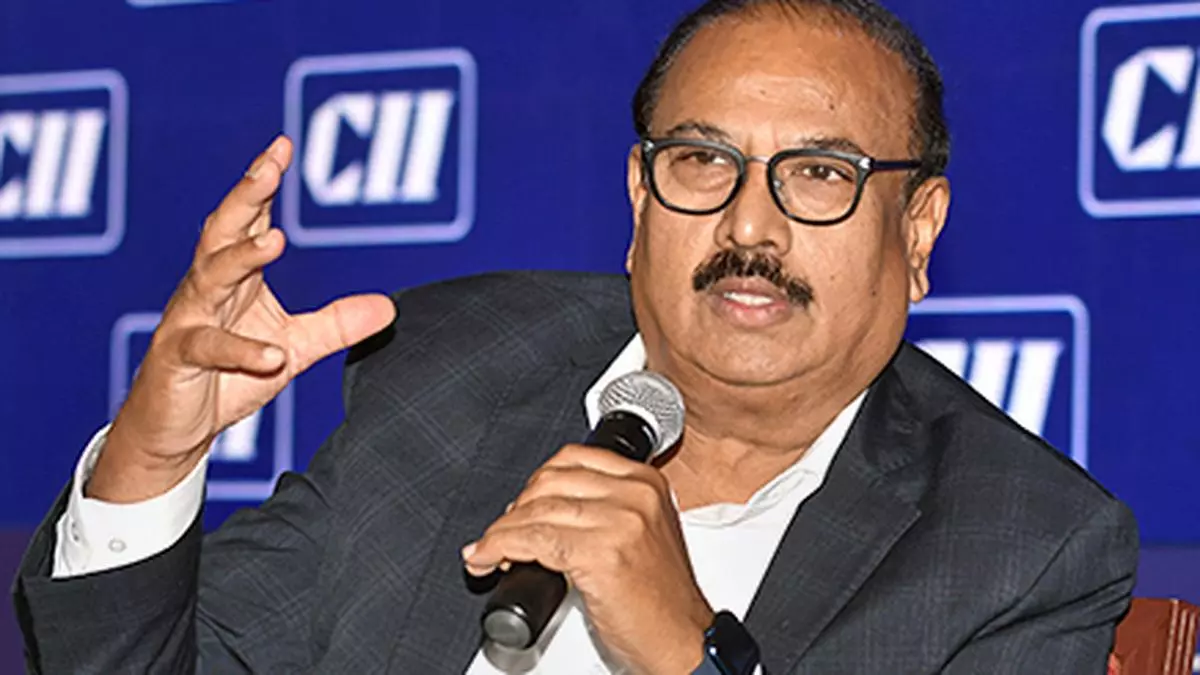Extend CSR reach
Apropos ‘CPSE’s CSR surge’ (January 7), it is good to note that the total amount spent under Corporate Social Responsibility (CSR) of Central Public Sector Enterprises has reached almost ₹5,000 core in FY24. A few nationalised banks have promoted Rural Development and Self Employment Training Institutes in backward areas with special focus on vocational training to rural youth to make them fit for vocations.
CSR can focus on establishing a larger number of Rural Self-Employment Training Institutes in backward districts across States, in training the youth. It can cover technology, engineering and the latest methods of agricultural farming. This would help in moulding rural talent.
RV Baskaran
Chennai
Unsecured loans
This refers to ‘Are lenders on brink of retail bad loan crisis?’ (January 7). Slippage, especially in unsecured loan books, cannot be brushed under the carpet, as they constitute roughly 20 per cent of the overall loan book. If 60 per cent of unsecured loan books are of borrowers who have availed more than three loans and the ticket size is also not high, it raises more than a few questions on the underwriting skills of the lenders. Besides, lenders should also be wary of the end use of this money, as a significant portion of this money might have gone into the stock market as seen in the IPO frenzy of 2024. So lenders and the RBI need to be on their toes with regard to these unsecured loans.
Bal Govind
Noida
HMPV’s health impact
This reference to ‘Nothing to worry about HMPV’ (January 7). Human metapneumovirus generally affects children below five years of age. Both HMPV and Covid-19 are respiratory pathogens but differ significantly in virology, transmission and public health impact. Till date, WHO has not raised much of an alarm about HMPV. Washing hands with soap/sanitiser and covering one’s nose and mouth could prevent children or old people from getting HMPV infection.
P Victor Selvaraj
Palayamkottai, TN
Stagnant wages
Apropos ‘How a wage squeeze is impacting growth’ (January 7), it is quite unusual that wages have stagnated, even though profit growth of corporates had steeply gone up and GDP has experienced reasonably good growth, except for the very recent downturn. This shows that there has been a concentration of growth at the top of the pyramid and the lower part has been experiencing stagnation, which implies that the expected trickle-down effect has not materialised. This kind of growth is not sustainable in the long run. The situation in rural areas is serious as most of the employment is through the low wage or no wage self-employment or unpaid family labour. The unorganised sector is most impacted by the stagnation of wages in real terms and deserves greater attention, with policy interventions.
Kosaraju Chandramouli
Hyderabad









Leave a Comment